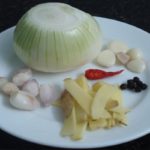For those who are new to cooking, it can be a challenge to know how to prepare a tasty fish soup without the fishy smell, or how to fry meat to crispy perfection. All these questions and more will be answered here.
1 Add fish only when the oil or water is boiling
When cooking fish soup, it is best to wait until the water is boiling vigorously before adding the fish. Do not add the fish when the water is still cold, as it will make the soup taste fishy.
Similarly, when frying fish, heat the oil in the pan until it is very hot, then add a little lemon juice before placing the fish in the pan. This will prevent the oil from splattering, and your fish will be crispier.
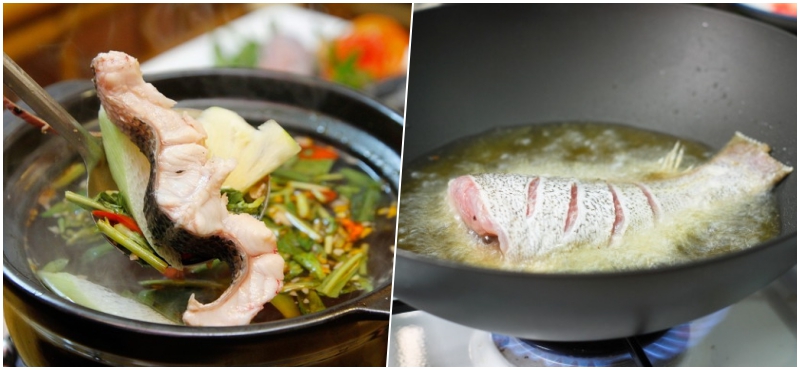
See also:
2 Remove chili seeds to reduce spiciness
If you love the aroma of chilies but can’t handle the heat, simply remove the seeds and the white ribs inside the chili. This way, your dish will still have that chili fragrance without being too spicy.
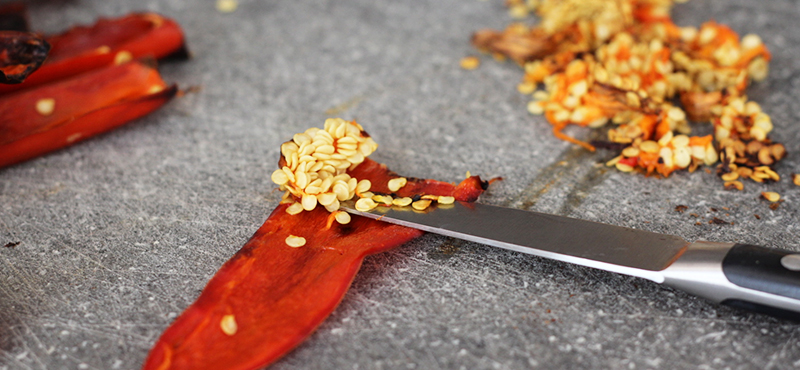
3 Underground vegetables cook first, followed by above-ground vegetables
A simple rule to remember when cooking root vegetables (such as carrots, turnips, potatoes, or beets) and above-ground vegetables (such as bell peppers, cabbage, cucumbers, or tomatoes) is to always cook the underground vegetables first. Add them to the pot when the water is already boiling, and then add the above-ground vegetables once the water is boiling again.
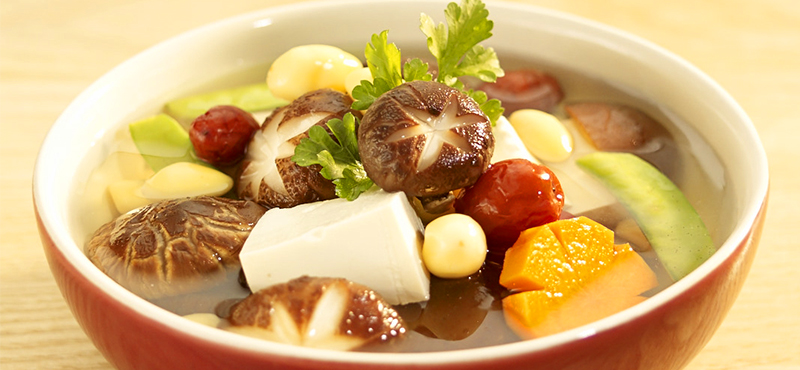
4 Warm citrus fruits to get more juice
To get the most juice out of your lemons or oranges, warm them up by rinsing them in warm water for 30 seconds or microwaving them for the same amount of time. Alternatively, you can roll the fruit on a hard surface before cutting and juicing.

5 Use wooden chopsticks to test if the oil is hot enough
To check if your oil is hot enough for frying, place a pair of wooden chopsticks into the pan. If you see tiny bubbles forming around the chopsticks, your oil is ready, and you can start frying your food.

6 Brush the meat with lemon juice or vinegar for a crispier skin
For crispier meat, brush the skin with a little lemon juice or vinegar before frying. This simple step will ensure your meat turns out nice and crispy.

7 The key to frying a perfect steak: a smoking hot pan
There are many ways to marinate a steak, but the one rule that all professional chefs follow is to always ensure the oil in the pan is smoking hot before adding the meat.
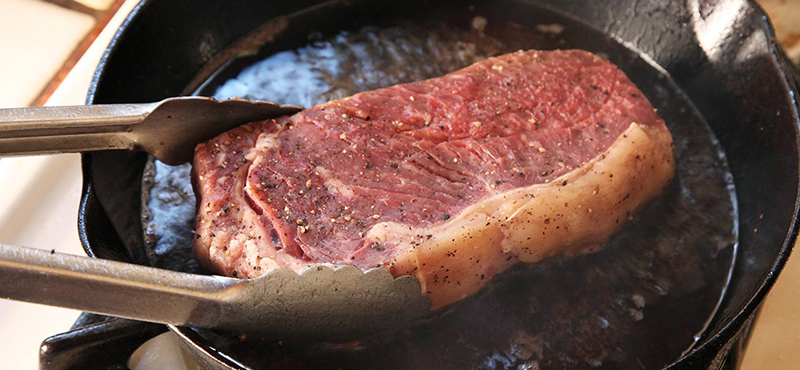
8 Add fish sauce only when the dish is almost ready
As a general rule, add fish sauce to your dish only when it is almost ready to be served. Cooking fish sauce for too long will cause it to lose its flavor and nutrients, and it may also make your dish taste sour. For crab soup, it is best to add the fish sauce after turning off the heat to preserve the protein in the dish.
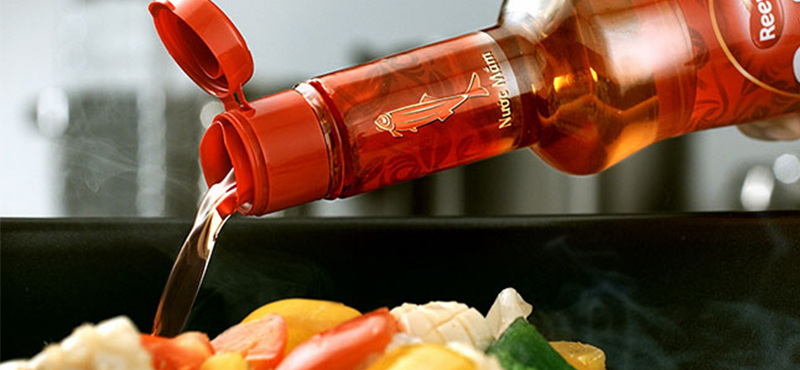
We hope these tips will make your family meals more delicious and enjoyable. If you have any other useful cooking tips, please share them with us in the comments.
For more cooking tips, visit our website’s dedicated section.
More Useful Advice for Homemakers (Part 2)
Have you heard of the surprisingly easy tips to make cooking and household chores simpler? White radish eliminates the acrid taste of salted meat, adding alum to raw shrimp helps soften it, and adding cold water when frying eggs can make them crispy – these are just a few of the tricks to make your life easier.
8 Essential Fish Processing Tips You Need to Know
In addition to being a delicious addition to your dinner plate, fish can also offer a variety of novel cooking techniques. From using vinegar to remove the fishy smell to ginger for frying it without sticking to the pan, discover how to process fish in new and exciting ways.
Ten Strategies to Streamline Your Cooking Process
Are you a busy housewife looking for ways to save time in the kitchen? Did you know that flossing can also help you out? Check out these 10 tips to help you quickly and easily prepare delicious meals for your family. Learn how to peel garlic in 10 seconds and cut cherry tomatoes quickly for a healthy and tasty meal.




























